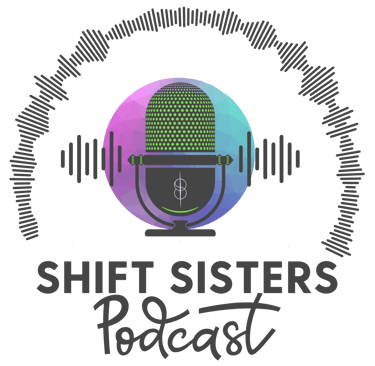Soaring Beyond the Nest
Explore how to navigate the emotional and practical shifts of leaving the family nest with intention, setting boundaries, and fostering deeper connections.
Sandra Sa
10/5/20252 min read


Soaring Beyond the Nest: Navigating Family Dynamics in Transition
Leaving the family nest, whether moving out, starting a new chapter, or redefining your role, marks a profound shift in family dynamics. This transition can stir a mix of excitement, fear, and nostalgia, as you step away from familiar patterns and into uncharted territory. It’s a time when old roles, like the dependable child or the family confidant, may no longer fit, prompting both you and your family to adapt. By navigating this shift with intention, you can transform the journey of leaving the nest into a pathway for growth and deeper connection. Here’s how to embrace this transition mindfully, using practical tools and mindset shifts to soar with confidence.
Recognizing the Shift: Tuning into the Pull of Change
Leaving the nest often begins with an inner tug, a restless urge for independence or a quiet realization that home no longer feels like home. This shift might manifest as excitement for a new adventure, anxiety about leaving loved ones, or even guilt for changing the family dynamic. The first step is to acknowledge these feelings without judgment. What’s driving this transition? Is it a desire for freedom, a need for self-discovery, or a response to life’s demands?
Try this: Pause daily to check in with your emotions. Write down three feelings tied to leaving the nest: excitement, fear, and sadness, and where you feel them in your body. This practice, inspired by NLP techniques, helps you map the emotional landscape of the transition, grounding you in awareness and preparing you for what’s ahead.
Embracing the Tension: Honoring the Push and Pull
The shift out of the nest often brings tension, a push toward independence, and a pull to stay connected to family. This tug-of-war can feel unsettling, as you navigate guilt for leaving, fear of losing closeness, or pressure to prove yourself. Instead of resisting, lean into this tension as a natural part of growth. It’s a sign you’re stretching beyond old boundaries, redefining your place in the family while staying rooted in love.
Use an NLP-inspired visualization: Picture yourself as a bird perched on a branch, feeling the urge to fly. See your family as a sturdy nest, still there even as you soar. Breathe deeply and affirm, “I can fly freely and stay connected.” Speak it aloud while stretching your arms like wings to embody the balance of independence and connection. This practice eases the tension, helping you honor both sides of the shift.
Setting Boundaries: Carving Out Your New Space
Leaving the nest requires boundaries to protect your newfound independence while maintaining family ties. If family expects constant check-ins or for you to slip back into old roles during visits, setting clear guidelines helps you define your new space. Boundaries aren’t about distance; they’re about creating room for your evolving self while fostering healthy connections.
Practice this: Identify one family expectation that feels limiting, like frequent calls or taking on old responsibilities. Craft a boundary statement, such as, “I love staying in touch, but I need to limit calls to once a week to focus on my new routine.” Rehearse it aloud to build confidence, then try it in a calm moment. Reflect afterward: Did it create space for your growth? This feedback refines your approach, balancing independence with family love.
Redefining Connection: Building a New Dynamic
As you leave the nest, your role in the family shifts, from the child at home to an independent adult forging your own path. This opens a chance to redefine how you connect with family, moving from obligation to mutual

Shift Sisters Podcast
Real talk on life’s big transitions.
Be the first to know when new episodes drop, get behind-the-scenes stories, soulful inspiration, and tools to help you move through your own life shifts with grace, fire, and support.
© 2025. All rights reserved.
